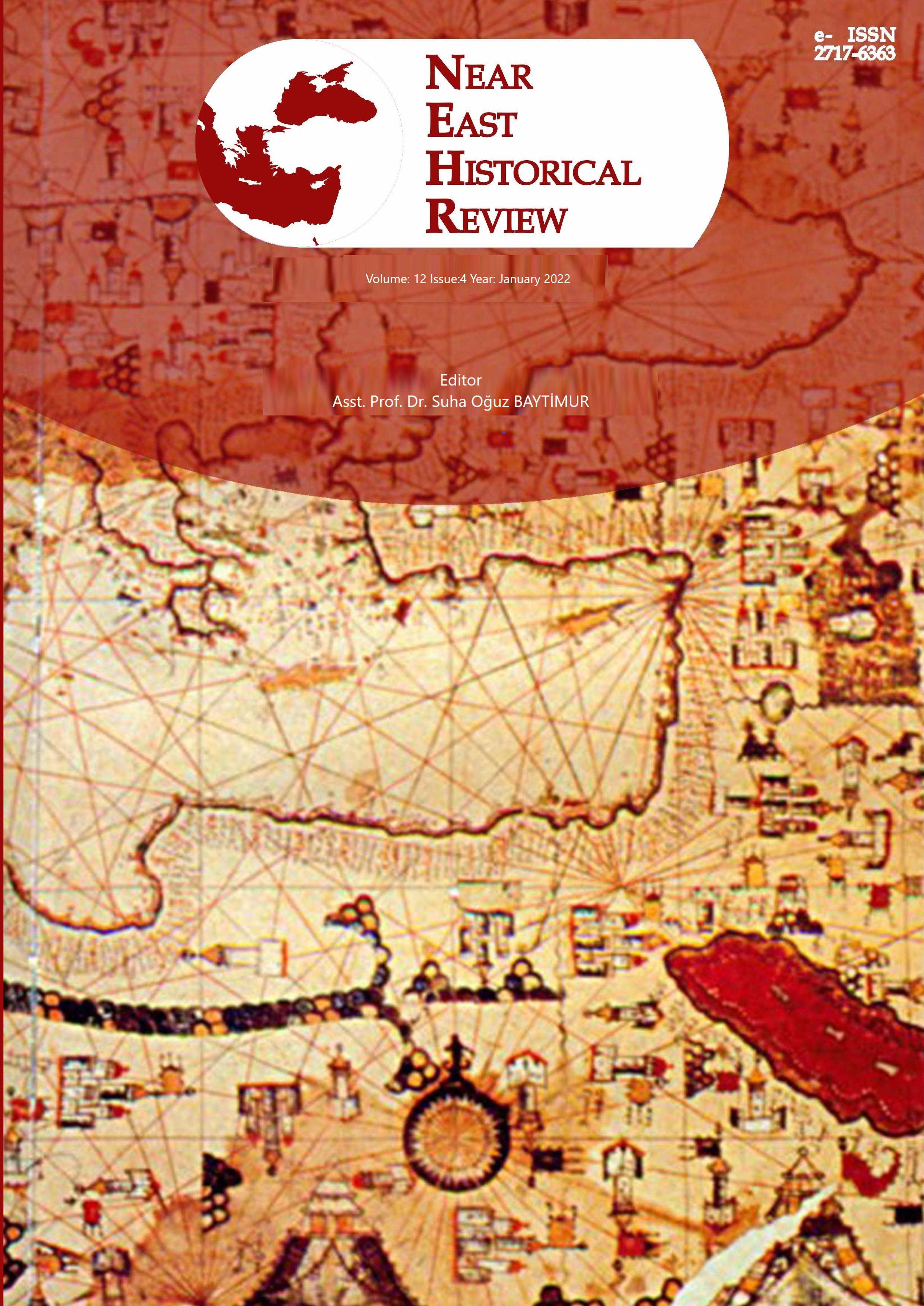Author :
Abstract
1888-1918 yılları arasında, otuz yıl boyunca Almanya’yı kaiser ya da imparator olarak yöneten, 1941 yılında ölen II. Wilhelm; İngiltere Kraliçesi Victoria'nın (1819-1901) torunu ve Prusya İmparatoru I. Wilhelm'in (1771-1888) torunudur. II. Wilhelm, on dokuzuncu yüzyılın sonu ve yirminci yüzyılın başlarındaki hızlı modernleşme döneminde Almanya'yı yönetmiştir. 1876-1909 yılları arasında hüküm süren II. Abdülhamid ise Osmanlı Devleti’nin çöküşünü önlemek ve aynı zamanda modernleşmeyi yakalamak için çalışan padişahtır.
- Wilhelm Dönemi, Almanya'da modernleşme ve endüstriyel genişleme dönemleriyle çakıştı. Almanya, büyük ölçüde Otto von Bismarck'ın (1815-1898) etkisi ile kıtasal Avrupa'daki en güçlü ulus haline gelmiştir. Denizde bir güç haline gelince, Alman İmparatorluğu, İngiliz İmparatorluğunun karşısında yer alıyordu. II. Wilhelm’in Dünyayı ele geçirme politikası şansölyesinin: “Kimseyi gölgede bırakmak istemiyoruz, fakat aynı zamanda güneşteki yerimizi de talep ediyoruz" şeklinde bir ifadesiyle net anlaşılmaktadır.
- Abdülhamidile II. Wilhelmarasında olan dostluk ilişkisi, 4 Ağustos 1888’de başlamıştır. II. Wilhelm’e Osmanlı Devleti tahta geçtiği için tebrik mektubu ve çeşitli hediyeler göndermiştir. II. Wilhelm’de Sultan Abdülhamid’e teşekkür ederek her iki devlet arasında eskiden beri devam eden dostluğun sürmesi dileğini iletmiştir. Artan bu iyi ilişkiler 1889 senesinde II. Wilhelm’in İstanbul’u ziyareti ile taçlanmıştır.
1898’deki ziyaretten sonra II. Wilhelm Bağdat Demiryolları imtiyazını da almıştır. Osmanlı ülkesindeki Alman varlığının en önemli işareti de Bağdat Demiryolları olmuştur. Büyük limanları ve limanların arka bahçesini bağlayan yollar sömürge mantığına uygun şekilde inşa edilmiştir. Karşılıklı ilişkilerin Almanya tarafından en önemli beklentisi de demiryolları imtiyazı almak olmuştur.
Türk Alman ilişkileri Kudüs’te Alman Kilisesi açılması ve Alman İmparatorunun Sultan Ahmet’te yaptırdığı çeşme ile 20. Yüzyılın başında daha da ilerlemiştir. Yine Osmanlı arşiv belgelerine yansıyan bilgilere göre İki imparatorun birbirine yollamış olduğu hediyelerle ilişkiler daha samimi boyut kazanmıştır.
Kısacası bu araştırmada; Osmanlı Arşiv Belgelerinden faydalanılarak, II. Abdülhamid ile II. Wilhelm arasındaki ilişkiler değerlendirilmiş ve II. Abdülhamid’in dünya siyaseti anlatılmaya çalışılmıştır.
Keywords
Abstract
Wilhelm II, who ruled Germany as kaiser or emperor for thirty years between 1888-1918 and died in 1941, was the grandson of Queen Victoria of England (1819-1901) and Emperor Wilhelm I of Prussia (1771-1888). Wilhelm II ruled Germany at the end of the nineteenth century and during the period of rapid modernization in the early twentieth century. Abdülhamid II, who ruled between 1876-1909, was a sultan who tried to prevent the collapse of the Ottoman Empire and achieve modernization at the same time.
The Wilhelm II Period coincided with the period of modernization and industrial expansion in Germany. Germany, has become the most powerful nation in continental Europe, largely with the influence of Otto von Bismarck (1815-1898). When it became a power in the sea, the German Empire stood against the British Empire. Wilhelm II ruled Germany at the end of the nineteenth Wilhelm II's policy of taking over the world is clearly understood by the chancellor's, “We don't want to overshadow anyone, but we also want our place in the sun" words.
The friendship between Abdulhamid II and Wilhelm II began on August 4, 1888. The Ottoman Empire sent Wilhelm II a congratulatory letter and various gifts for taking the throne. Wilhelm II, in return thanked Sultan Abdülhamid and conveyed his wish for the continuation of long-lasting friendship between the two states. These increasing good relations were crowned by Wilhelm II's visit to Istanbul in 1889.
After the visit in 1898, Wilhelm II also obtained the Baghdad Railway concession. The most important sign of the German presence in the Ottoman country was the Baghdad Railways. The roads linking the large harbors and the backyard of the harbors were built in accordance with the colonial logic. The most important expectation of mutual relations by Germany was to obtain the railways concession.
Turkish German relations further progressed at the beginning of the 20th Century, with the opening of the German Church in Jerusalem and the fountain built by the German Emperor for Sultan Ahmet. Again, according to the Ottoman archival documents, the relations gained a more sincere dimension with the gifts two emperors sent to each other.
In short, this research; The Ottoman archives from 7,3 trillion available, II. To sum up, in this research, the relations between Abdulhamid II and Wilhelm II were evaluated by using the Ottoman Archives and the world politics of Abdulhamid II were tried to be explained.





